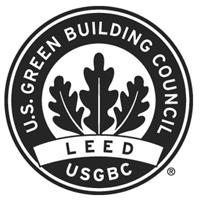Drip irrigation in small planting areas

When plant spacings justify using conventional overhead irrigation, but the area being irrigated is smaller than the throw of the sprinkler, Drip Irrigation can be a perfect fit. Some examples of this are: center medians, asymmetrical planters and interior scapes.
As all of us in the professional landscape industry know, water conservation is a gigantic topic of political discussion. With this in mind there is not much worse than seeing overspray that amounts to double the water than what is actually making it to the plant material.
It is important to keep a few things in mind when installing Drip into an application such as these. First, make sure you determine how much water is needed by the plants and select the emission device that best suits your requirements. Once you have determined how many emitters and their flow rates, you can determine how much flow you actually have in the system. Just because the size of a system in this application may be smaller, it is still imperative that all recommended components are used; such as the filter and pressure regulator. Valves and pressure regulators both need a minimum flow to work properly, so chose these products only after you have calculated the system flow rate. To simplify this process there are now pre-assembled Drip Control Zones available, these include the valve, filter and regulator. When emitter spacings are closer in these applications it is possible for the wetting pattern to not only percolate vertically but also laterally and overlap one another, this means that cycle times will need to be tailored to the jobs specific requirements so over-watering does not occur.
As professionals we all benefit from the use of the correct product in the correct application and by doing so we have the unique opportunity to educate and inform.



_.png)




















